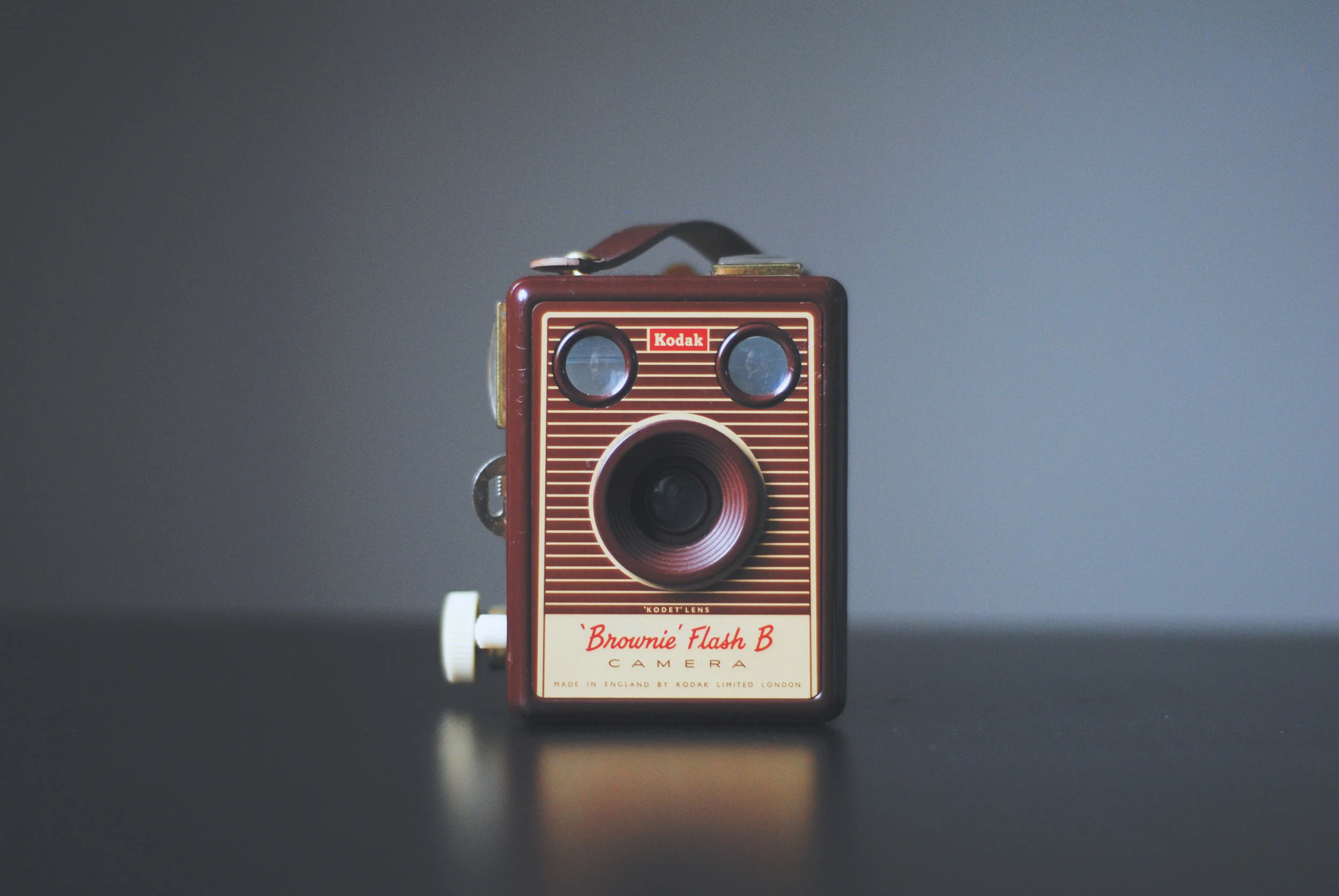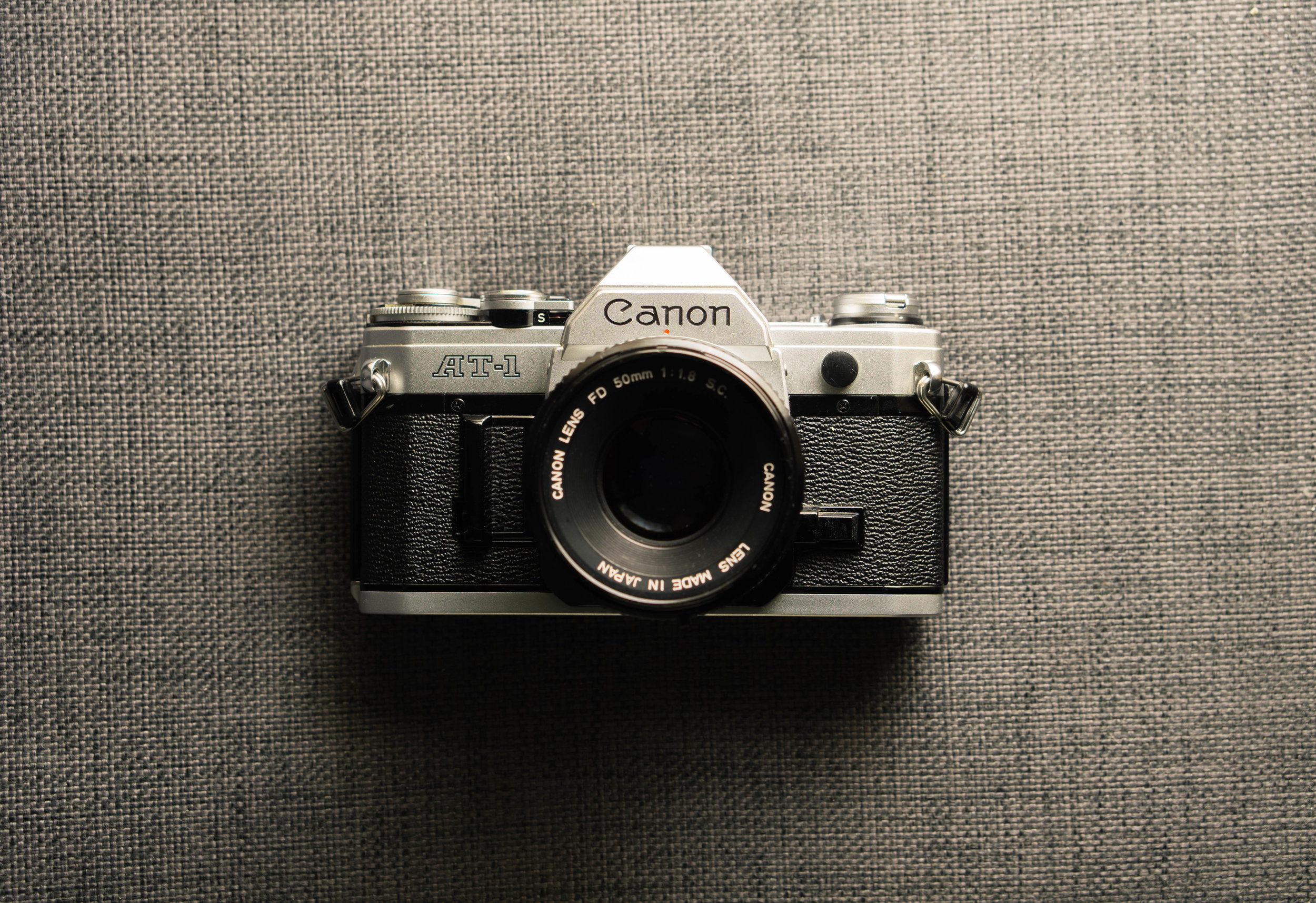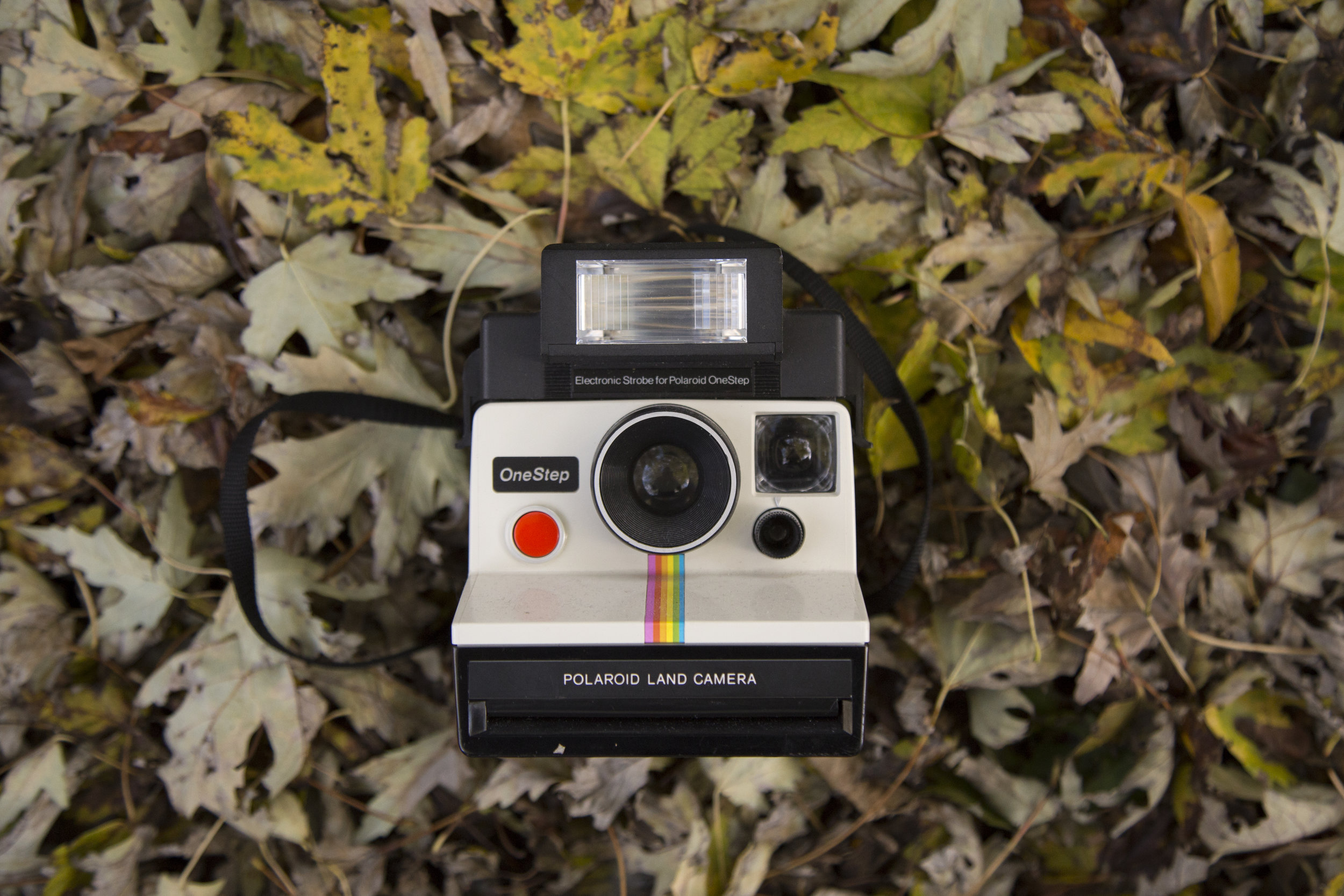From Ancient to Modern Time: HISTORY OF Photography
Modern photography isn't as old as one might think. A mere 190 years ago, the ingenuity of Joseph Nicephore produced the oldest surviving photograph. Since then, technology has completely transformed it in a way its earliest pioneers could never have imagined.
We thought it would be worth exploring the origins of the industry that changed human memory by capturing images on paper. This account is by no means a highly detailed history lesson - otherwise, this would be the length of a book!
Ancient Origins:
While the invention of photography is attributed to modern times, its roots go way back - all the way to 4th-century BCE China. It was then that we see the first references to a very simple device, the Camera Obscura (Latin for dark chamber). The device is best described as the ancestor to the modern camera. It's a box of any size with a tiny-diameter hole on one side to allow light to pass through. (Some middle schoolers might recognise it as the Pinhole Camera, a popular school project.)
Light enters the hole and casts onto the inside of the box, producing an inverted image. An artist can then trace a projected image. Thousands of years later, basic principles of the Camera Obscura live on in the modern camera. Light enters a light-proof box (the camera's body) through the lens (controlled by aperture) to reproduce an image. The difference today is that an artist doesn't have to trace the image.
Modern Beginnings, The Age of the Daguerreotype:
The Frenchman, Joseph Nicéphore Niépce, is known as the inventor of photography. But, it's not such a simple story.
Niépce developed the heliography technique, a process that eventually allowed him to create a print made from a photoengraved printing plate in 1826 or 1827. Around that time, he took a photograph that is today's oldest surviving print image. It's believed to have taken him more than eight hours to create the print.
He began working to improve that process when he partnered with a Parisian artist named Louis Daguerre. Niepce passed away in 1833, but Daguerre was able to continue their work.
Daguerre used a silver-based process. He exposed plates with silver coatings to iodine fumes that reacted with the silver and produced a coating of photosensitive silver iodide on the plates. The unprecedented result of his process, however, was that by applying mercury fumes to the exposed silver plate, he could make the "latent" image visible on the plate. That meant hugely reduced exposure times. His discovery became known as the Daguerreotype. He published his results in 1839.
Ensuing Disputes:
Within days of his publication, another man claimed that he too had devised a method for obtaining and producing visible images. William Henry Fox Talbot, an Englishman, had found a different process, Talbortype/calotype, for achieving similar results.
But the controversy didn't end with Talbot.
Another inventor, Hippolyte Bayard, weighed in as well claiming to be the "First Photo Guy in History" and the true inventor of photography. His process was known as the ADirect Positive method, producing images on silver chloride paper.
What was interesting about his process is that just one paper developed and printed images. In other words, the photos were developed and printed on the same paper to which they'd been exposed. It was a more straightforward and faster process for creating images. Bayard went on to become a very successful photographer.
The Earliest Portrait:
It wasn't long before the first portraits came into existence thanks to American Robert Cornelius, who's credited with the first image of a person. He combined his interest in the Daguerreotype process with his expertise in metallurgical composition and chemistry to shoot a self-portrait late in1839.
A New Method: The Collodion Process:
The Collodion Process used - you guessed it- a collodion solution mixed with silver bromide or silver iodide. The collodion suspended the photosensitive silver compound on the surface of the plate.
The collodion process was invented in or about 1851, almost simultaneously, by Frederick Scott Archer and Gustave Le Gray. While it predated the invention of the Daguerreotype, by the end of the 1860s, it had pretty much completely replaced it.
One particular kind of collodion process was the tintype. It eventually became popular for casual portraits. It became particularly popular during the American Civil War. As late as the 1960s, the wet place collodion process was still in use.
Birth of the Small Camera:
About twenty years after the development of the collodion process, Dr. Richard L. Maddox developed the more convenient gelatin dry plates - glass plates with a photographic emulsion of silver halides suspended in gelatin. It significantly reducing exposure times.
Because the dry plates were small and commercially available, it completely transformed photography. That advanced technology meant the development of cameras with much smaller bodies. This meant handheld cameras using ready-made gelatin dry plates to make high-quality (for that era) images with short exposure times. This revolutionised how and where pictures were taken! Snapshots had been born!
In 1900, the Brownie Camera or Kodak The Brownie was introduced for $1. by Eastman Kodak and intended for children. Its film roll could be loaded in the light, and Eastman could develop the images. It soon caught on for adults as well, and Eastman introduced an adult version.
Eastman's development of the dry emulsion film in 135 mm opened the door to the next small camera to be created, one that ultimately became the iconic Leica.
The German, Oskar Barnack, invented the Leitz Camera which became known as Leica and is still considered one of the best cameras in the world.
Eastman and Barnack's two inventions - the film roll and the Leica - helped take photography and its technology to the next much-higher level: color photography. However, it's not just as simple as the film roll and Leica. It's actually a long, complicated journey that ended in color photography.
Color Photography Arrives:
James Clerk Maxwell, a Scottish physicist, asserted in a paper the idea of RGB, the three-color process. Using that concept, Thomas Sutton, an English photographer, took a picture using green, red, and blue filters. The image could be seen using three projectors to superimpose three black and white images. For the next half-century, color photography would be based on the RGB process.
The problem then became that color images were susceptible to natural light, which would often either significantly degrade or even destroy the image.
Then in 1891, physicist Gabriel Lippmann developed a process based on lightwave propagation. (He won the Nobel Prize for Physics in 1908 for this process.) Color photographs no longer faded when viewed in natural light and, once again, photography was elevated to its next level.
The Polaroid Generation:
In 1950, the next significant, if not fun, advancement took place. You might (or might not) recall the Polaroid. Edwin Land brought us the Polaroid, instant images spilled out from the camera, and people couldn't get enough. The Polaroid was based, not on the three-color process of photography, but a two-color. Land believed - to state it simply - that the human eye only perceived frequencies of red and green light. His theory became the basis for the Polaroid's images.
And, finally, the Digital Era:
The advancement of fields such as photocopiers and computers eventually gave rise to digital photography, which converts light to electronic files such as a JPEG. It does it with a charged-coupled device (CCD) which was invented in 1969 Willard Boyle and George E. Smith at AT&T Bell Labs. The CCD senses light of different intensities and transfers the data to the camera's processor.
In 1991, Kodak introduced the first commercially available digital camera, the Kodak DCS which sold for a whopping $13,000 USD! It had a 1.3 megapixel image sensor.
Four years later, Minolta the first-ever portable digital SLR camera using the body of another Minolta. It offered 1.75 megapixels. The digital race for the next digital camera was on!
When Nikon later introduced its own digital camera, it came with a 2.74 megapixel sensor and a smaller price tag of $6,000 USD. The advantage was the same as Minolta - because it was the same body as another Nikon, photographers could use the same lenses.
The Future of Photography:
So, where will photography go from here? We're pretty certain that just early photography pioneers were working, experimenting, and testing to find the next photographic advancement, we've no doubt the same is happening today.
Photography hasn't just transformed how we retain memory. It's revolutionised mankind by enabling scientists, military, governments, and even medicine to capture images in ways we'd never have imagined possible. Man's genius and curiosity got us this far. Surely it will carry photography even further?

























